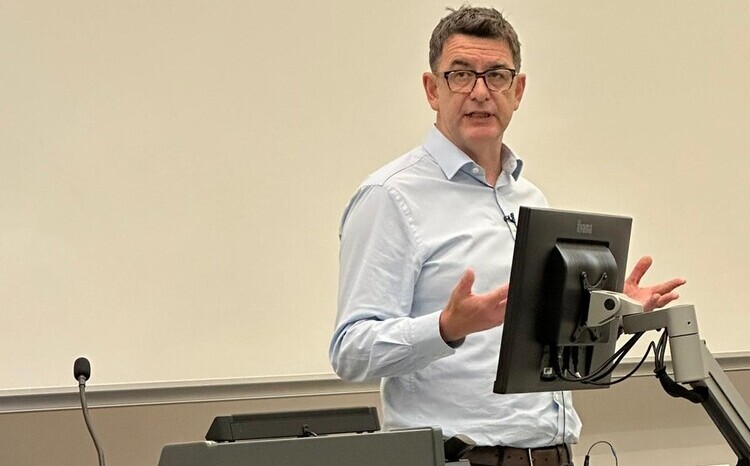New hope for HealthSpace
- 7 October 2009
NHS Connecting for Health is hoping to be given the green light to develop new functionality for HealthSpace, according to the personal health portal’s clinical director.
Dr Braunold told EHI Primary Care that the HealthSpace team was expecting to get the go ahead “very shortly” for some additional functionality. Work on expanding the site was shelved earlier this year.
Further development appeared to have been kicked into the long grass by the Department of Health. However, it now seems some of the proposals for expansion are likely to be approved. “I’m very hopeful,” Dr Braunold said.
News of the expansion comes just as HealthSpace has been given substantial backing in a survey conducted by E-Health Insider and Doctors.net.uk.
It found that nine out of ten readers supported the development of the site in preference to use of similar products from commercial companies, such as Microsoft and Google.
HealthSpace has also been researching what patients and doctors want from the portal, to inform its future direction.
Dr Braunold said it was clear from work that had already been done that patients wanted transactional functionality to make the site more useful.
She added: “Very few patients keep going back if all you can do is just look at your record. It’s like having an online bank account and not being able to do anything with it.”
Dr Braunold said the sort of services that would make HealthSpace “much more of a value proposition” were the ability to make an appointment, order a prescription and view additional information about an illness.
Dr Braunold said it was also clear that the current registration process for an advanced account was not scalable and that HealthSpace was hopeful it would get permission to develop an online solution instead.
At the moment, patients offered an advanced account – which enables them to view their Summary Care Record – must take proof of personal identity and address to a HealthSpace registration office, wait for approval through the post, and use a secure log in card to access their account.
Dr Braunold said that of 6,000 people offered an account, 92% had taken up the initial offer, but there was a 70% drop-off because of the onerous registration process.




